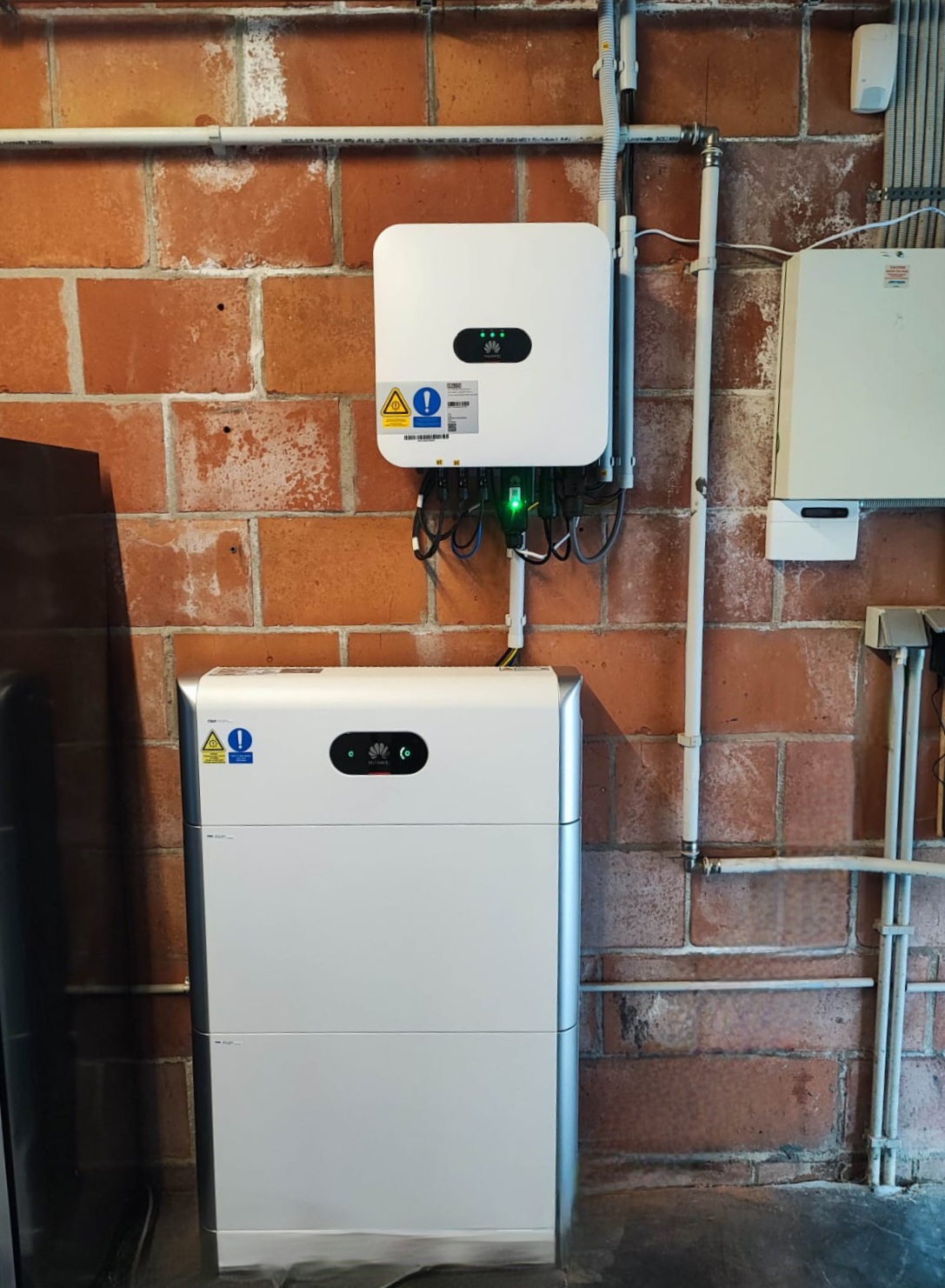The correct sizing of a domestic battery is crucial to maximising the benefits of self-consumption and ensuring the profitability of your photovoltaic investment.
So how do you calculate the number of batteries you need to be as self-sufficient as possible with your photovoltaic system ?
Here are the main factors to take into account when calculating the battery capacity you need.
1. Analyse your daily energy consumption
Start by looking at your electricity bills to determine your average daily consumption in kilowatt hours. Take into account seasonal variations and differences in consumption between day and night..
2. Determine your desired level of autonomy
Without a battery, you will already consume an average of 37% of your electricity production. The surplus will be stored. So plan for a sufficient number of panels to cover the 37% of "natural" self-consumption + your additional needs depending on the level of autonomy you choose, in other words the time your system can last without sunlight.
If your aim is to be as self-sufficient as possible, always take into account the period of the year when production is lowest, often winter. This will ensure that your photovoltaic system is correctly sized and that you have enough surplus solar power to supply your batteries for as long as you need them.

3. Choose the right storage capacity to cover your needs
Depending on the power you choose, you'll be able to run more or fewer household devices at the same time. The greater the degree of autonomy you want, the more battery power you'll need (as well as panels to power these batteries).
It's estimated that you need around 1 kWh of battery power to store 1 kWp of solar output.
4. Take potential losses into account
It's also important to keep in mind that not all the electricity stored in a battery will be used and that a small proportion will be lost. In fact, a loss of 5 to 10% often occurs when the direct current (stored in the battery) is converted into alternating current (usable by your electrical appliances).
5. Respect the charge and discharge cycles
For optimal use of your battery and to ensure it lasts as long as possible, it is important not to discharge it completely and to recharge it regularly. Generally speaking, the greater the number of cycles, the longer the battery will last. The manufacturer always commits to a certain number of charges and discharges. These cycles are longest with lithium batteries, such as Huawei's Luna model.
The recommended maximum depth of discharge is generally 70-80%, so allow for 20-30% more power than your initial capacity.
Now that you know the various factors to take into account when choosing the number of batteries you need, you can make your choice. Neopower will help you every step of the way. Want to find out more about the criteria for choosing a battery ? Read ici notre article dédié.

The example of the Duhain family
The Duhain family consists of 4 people: 2 adults and 2 children. They consume an average of 15 kWh per day, broken down as follows :
- during the week, mainly between 06:30 and 08:30, and between 17:00 and 21:30
- at weekends, mainly between 08:00 and 22:00
They have installed photovoltaic panels with an estimated annual output of 6,000 kWh, together with 2 solar panel batteries with a total capacity of 10 kWh.
Without a domestic battery, almost 70% of their production would be returned to the grid and sold at a minimal price. Thanks to the 2 x 10 kWh solar panel batteries and their 100% depth of discharge, most of the electricity they produce from their solar panels is stored for use early in the morning or in the evening, when the panels are no longer producing. This stored energy, reused later, saves them the equivalent of electricity they would have drawn from the grid and paid for at full price. This significantly improves their profitability.
